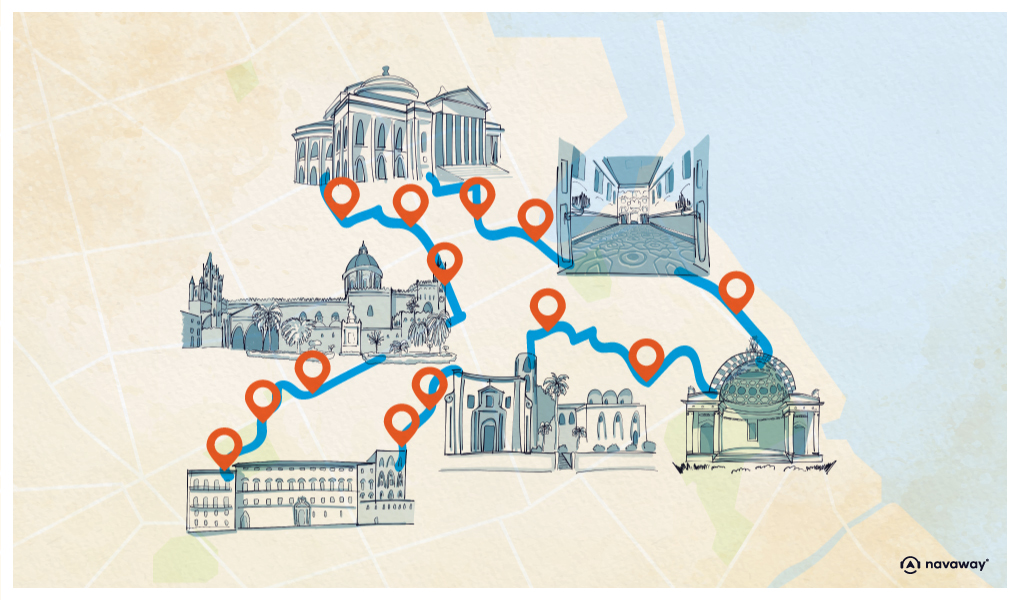
The Norman Palace
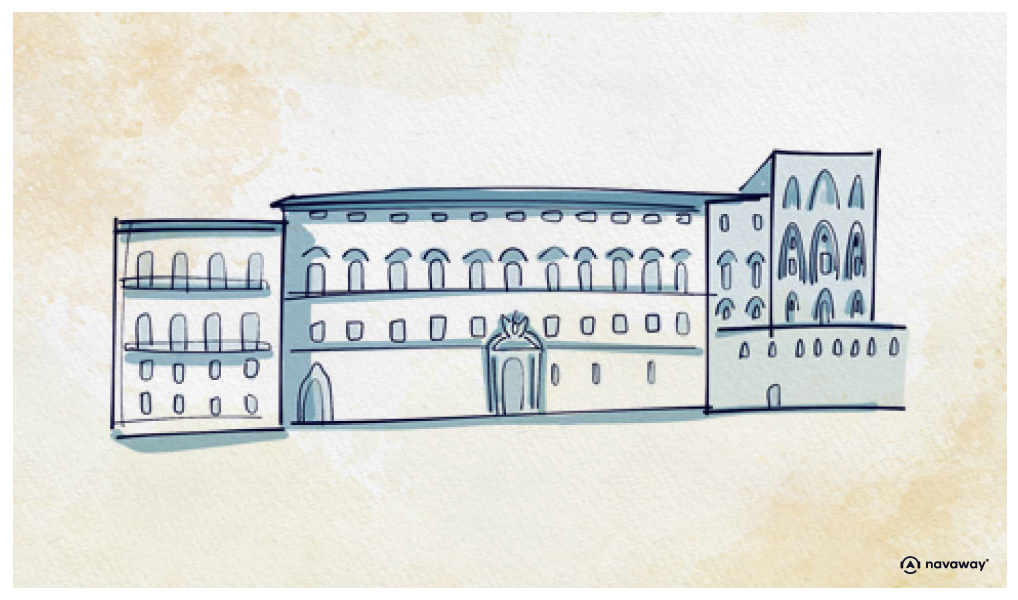
This point of interest is available as audio on the tour: Visit Palermo, Where Sicily’s Soul Comes Alive
The Norman Palace is one of Palermo’s unmissable landmarks, whether you’re here for a quick visit or a longer stay. Standing on a strategic rise in the old city, it brings to life the island’s multicultural and sometimes turbulent past.
Its history goes back to 254 BC with the Romans, followed by the Byzantines in 535. In 831, the Arabs took over Palermo and made the site the residence of their emirs, calling it the Qasr—a name that later gave rise to the Cassaro, the city’s main thoroughfare. In the 11th century, the Normans conquered Palermo and turned it into the capital of Sicily. They transformed the fortress into a royal palace, expanding and embellishing it, and adding its most dazzling jewel: the Palatine Chapel.
Built between 1132 and 1140 under Roger the Second, it combines dazzling Byzantine golden mosaics, a wooden ceiling decorated with Islamic-style muqarnas, those intricate honeycomb-like carvings, and elegant Romanesque architecture. This extraordinary fusion of cultures is now recognized as part of the Arab-Norman itinerary of Palermo, a UNESCO World Heritage Site since 2015.
After the Normans, the palace passed to the Hohenstaufen, then briefly to the Angevins and later the Aragonese, before becoming the seat of the Spanish viceroys in the 16th century. They added new defenses and gave the palace much of its imposing appearance. Since 1947, it has housed the Sicilian Regional Assembly. Today, the palace and its breathtaking chapel are open to visitors with a paid ticket, offering an unforgettable journey through the layered history of Sicily.


Discover Palermo with app
An interactive guide through the most beautiful streets, squares, and districts
23 fun audioguides full of historical facts, anecdotes, and legends
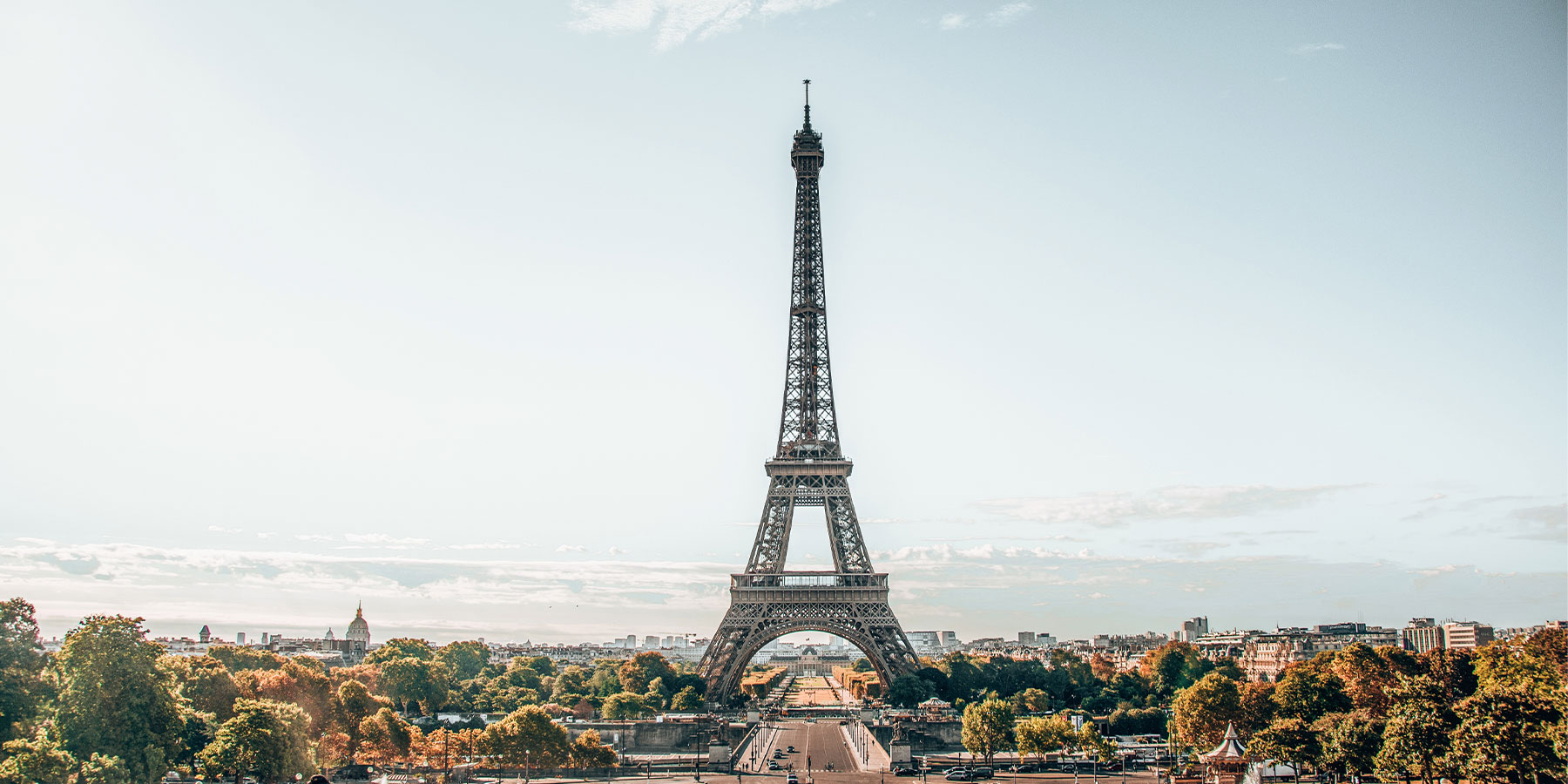
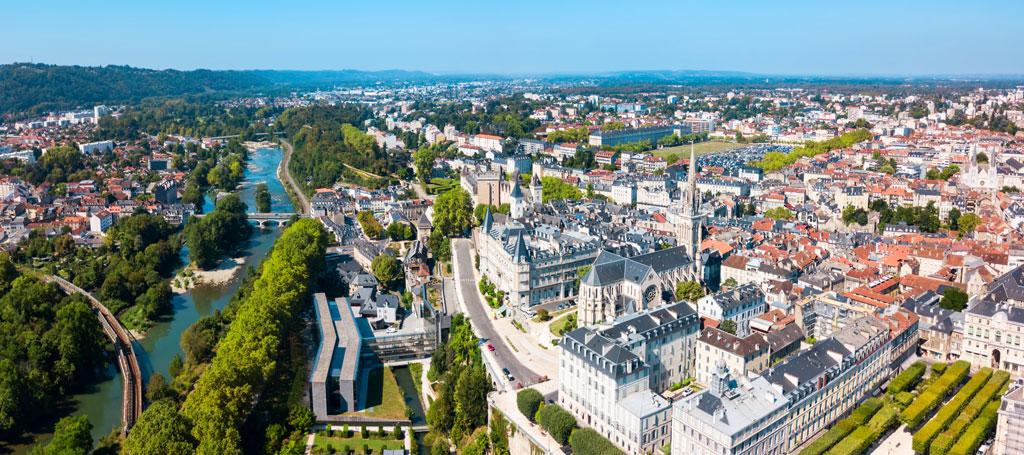
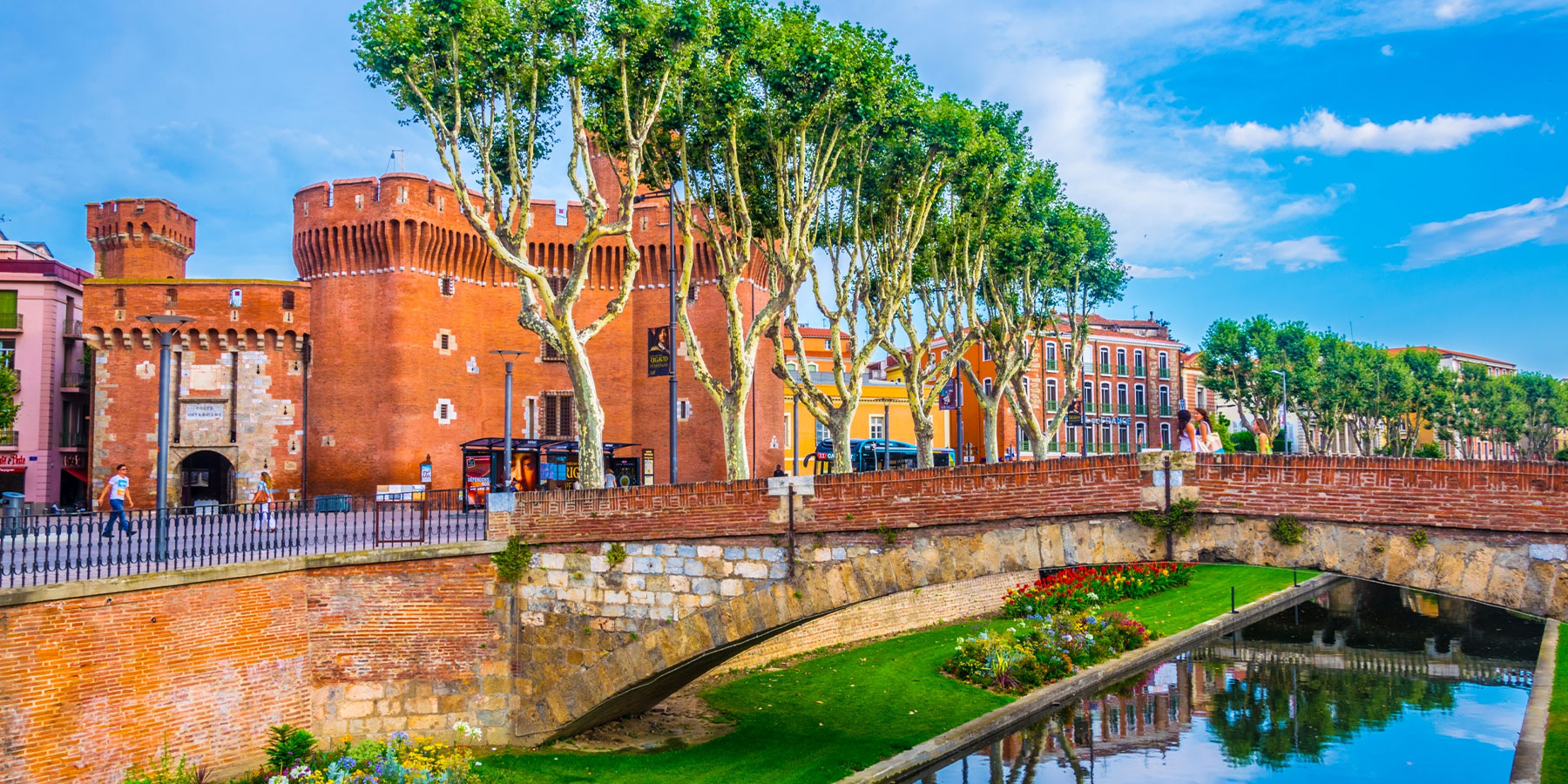
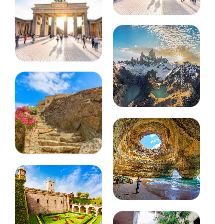

Comments